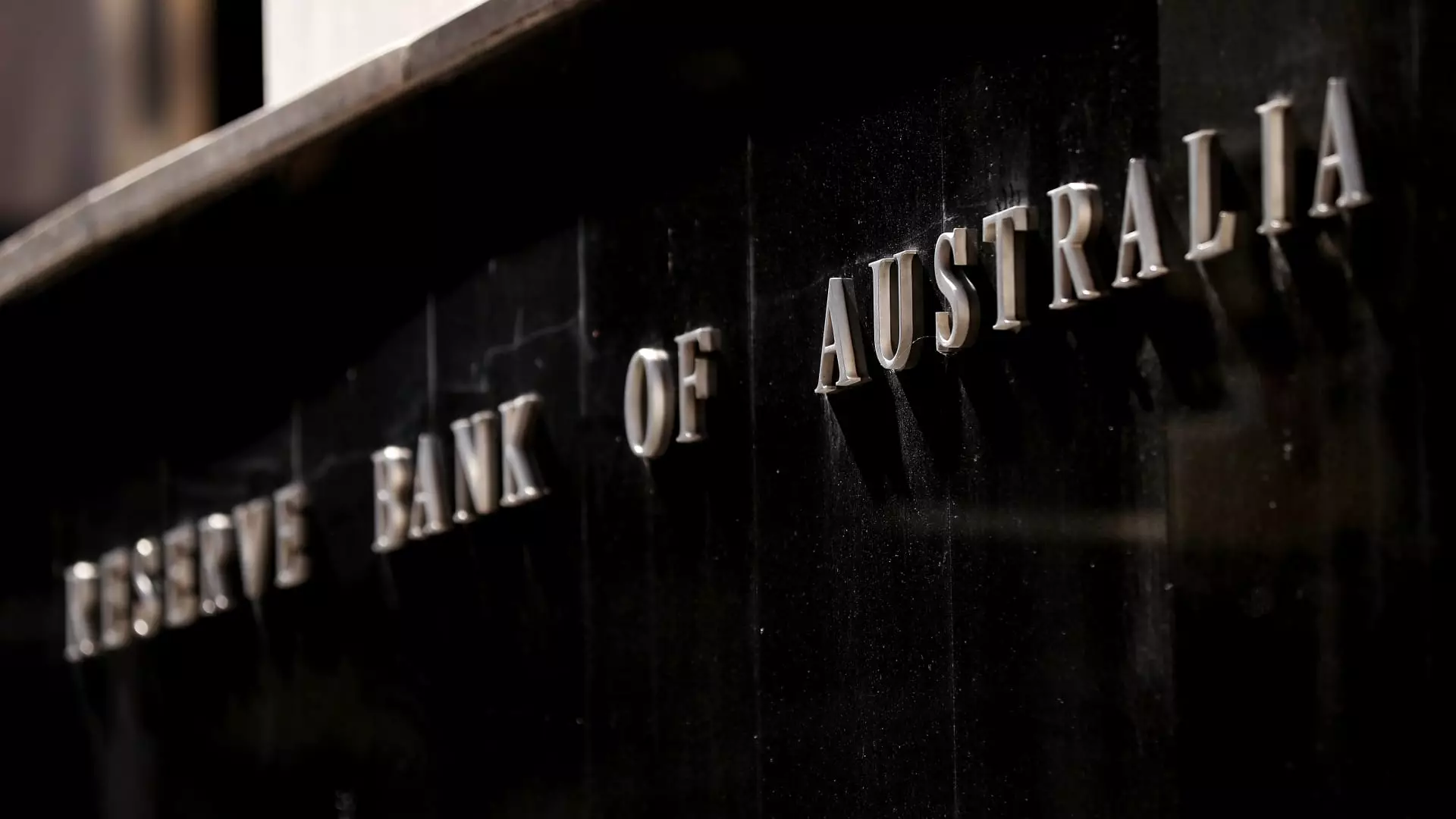On a pivotal Tuesday, the Reserve Bank of Australia (RBA) made waves by reducing its benchmark interest rate by 25 basis points to 4.10%, marking the first significant adjustment in over four years. This decision comes in the context of a global shift as leading central banks adapt their monetary policies to respond to changing economic conditions. The RBA’s move indicates a growing recognition of the economy’s current status, characterized by softening inflation and sluggish growth. Previously, the central bank maintained a steady interest rate of 4.35% since November 2023, following a sequence of thirteen rate increases aimed at combating inflation during the tumultuous circumstances brought on by the pandemic.
Inflation is a primary concern for central banks, and for the RBA, recent data has shown a decline—with inflation rates dropping to 2.4% for the year ending in December, down from 2.8% in the preceding quarter. These statistics, released by the Australian Bureau of Statistics, underlie the rationale for the RBA’s cautious yet proactive interest rate cut. The RBA had set a medium-term inflation target between 2% and 3%, and with signs indicating that inflation is trending towards this target, the bank’s decision to ease rates is a calculated move intended to stimulate economic recovery without sparking new inflationary pressures.
However, the labor market remains a crucial variable in the broader economic landscape. As of December, the unemployment rate stood at a low 4.0%. This tight labor market poses a paradox; any rate cuts must be balanced against potential wage inflation that could further complicate the economic recovery narrative. The RBA’s cautious stance, calling the labor market unexpectedly strong, reveals concerns that continued robust hiring may limit the effectiveness of interest rate reductions. The board acknowledged the need for ongoing vigilance, as future economic indicators could shift the trajectory of monetary policy.
The timing of this rate cut could not be more critical, especially considering the upcoming election year. The Labor government, facing a backdrop of subdued economic growth—an anemic 0.3% GDP increase in the September quarter—stands to gain a significant advantage from reduced borrowing costs. Lower interest rates can lead to increased household consumption as disposable incomes rise, a vital element for economic revitalization. However, the RBA has flagged potential headwinds, noting that the anticipated recovery in consumption might be slower than expected, creating an environment rife with uncertainties.
Moreover, the banking and financial markets have reacted accordingly to the RBA’s announcement. Bond yields, particularly on long-term Australian government bonds, have dropped, emphasizing market confidence in the central bank’s decision. With yields on 10-year government bonds declining nearly 20 basis points, this trend suggests that investors are anticipating an era of lower borrowing costs, at least in the short term. Yet, amid this optimism, analysts like Abhijit Surya from Capital Economics, advise caution, predicting that the current easing cycle may be brief and that any further cuts could be limited.
The RBA’s recent interest rate cut symbolizes a pivotal adjustment in the Australian monetary landscape, reflecting both global trends and national economic realities. The interplay between easing inflation and labor market conditions presents both opportunities and challenges for the central bank. As the government gears up for elections amidst slow growth, the road to recovery will require careful navigation, keeping a watchful eye on both domestic economic indicators and global market movements. Only time will tell how these policy changes will unfold, but the current environment suggests a complex mix of optimism and caution as we look toward the future.

Leave a Reply